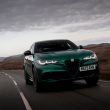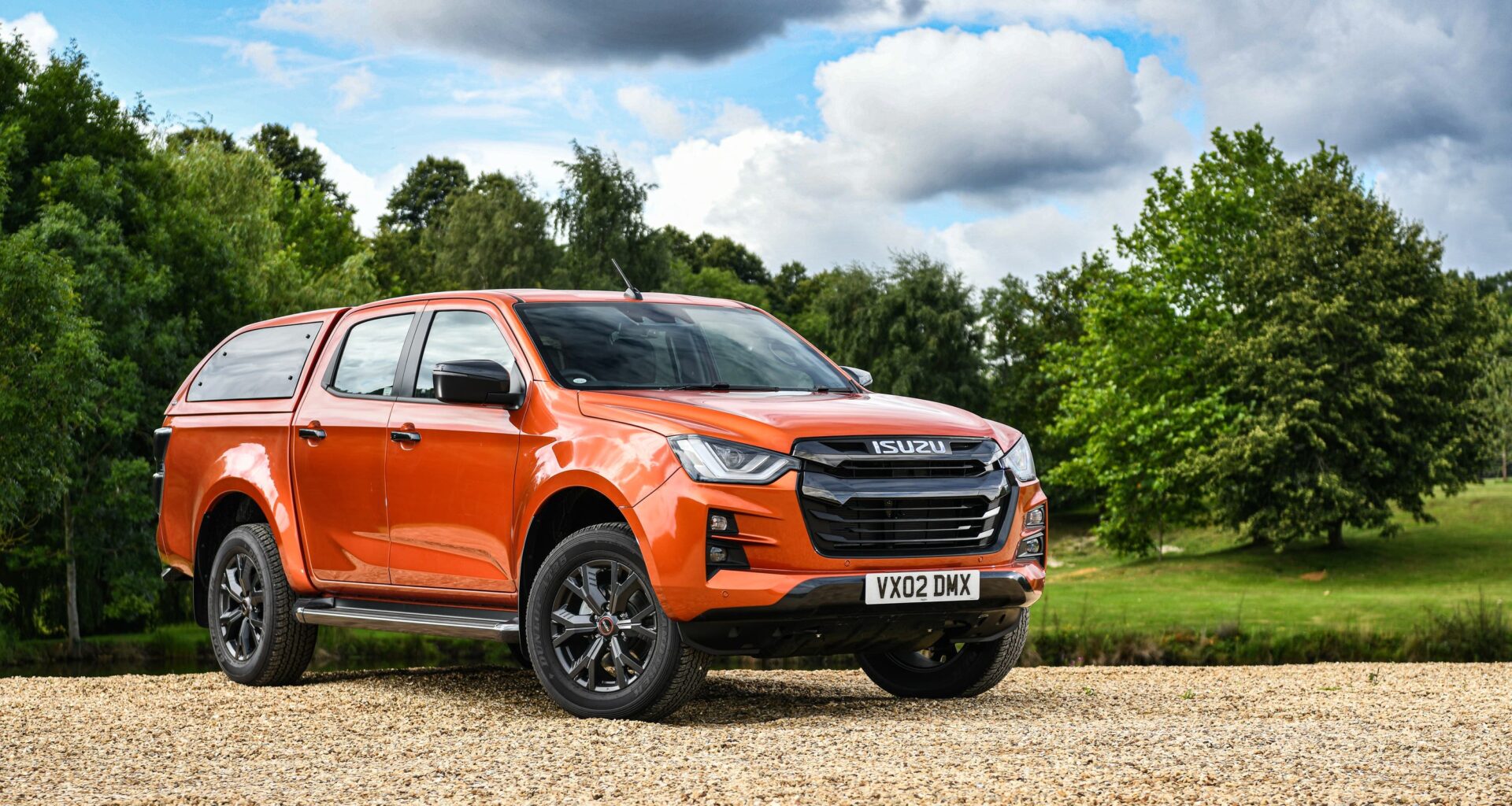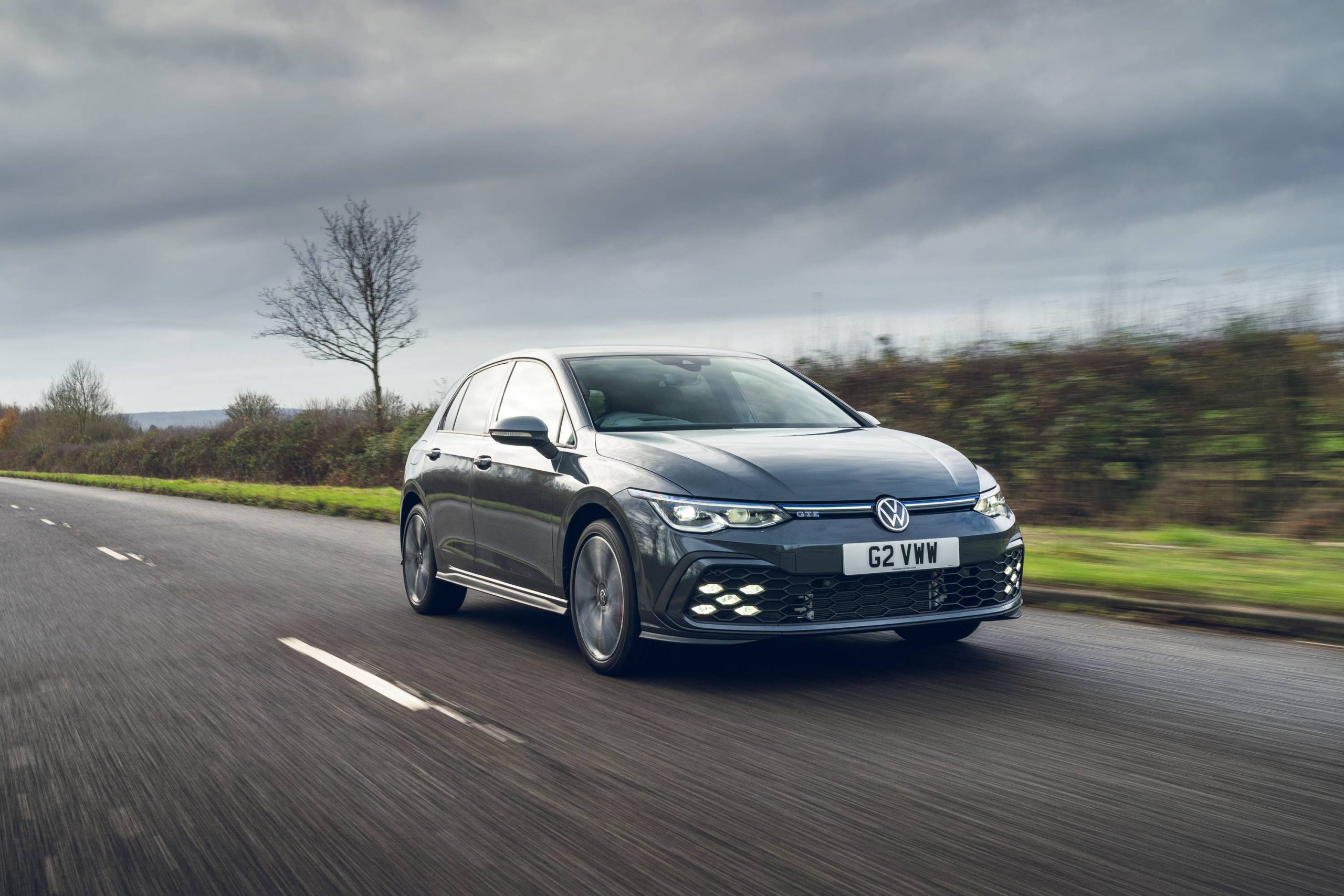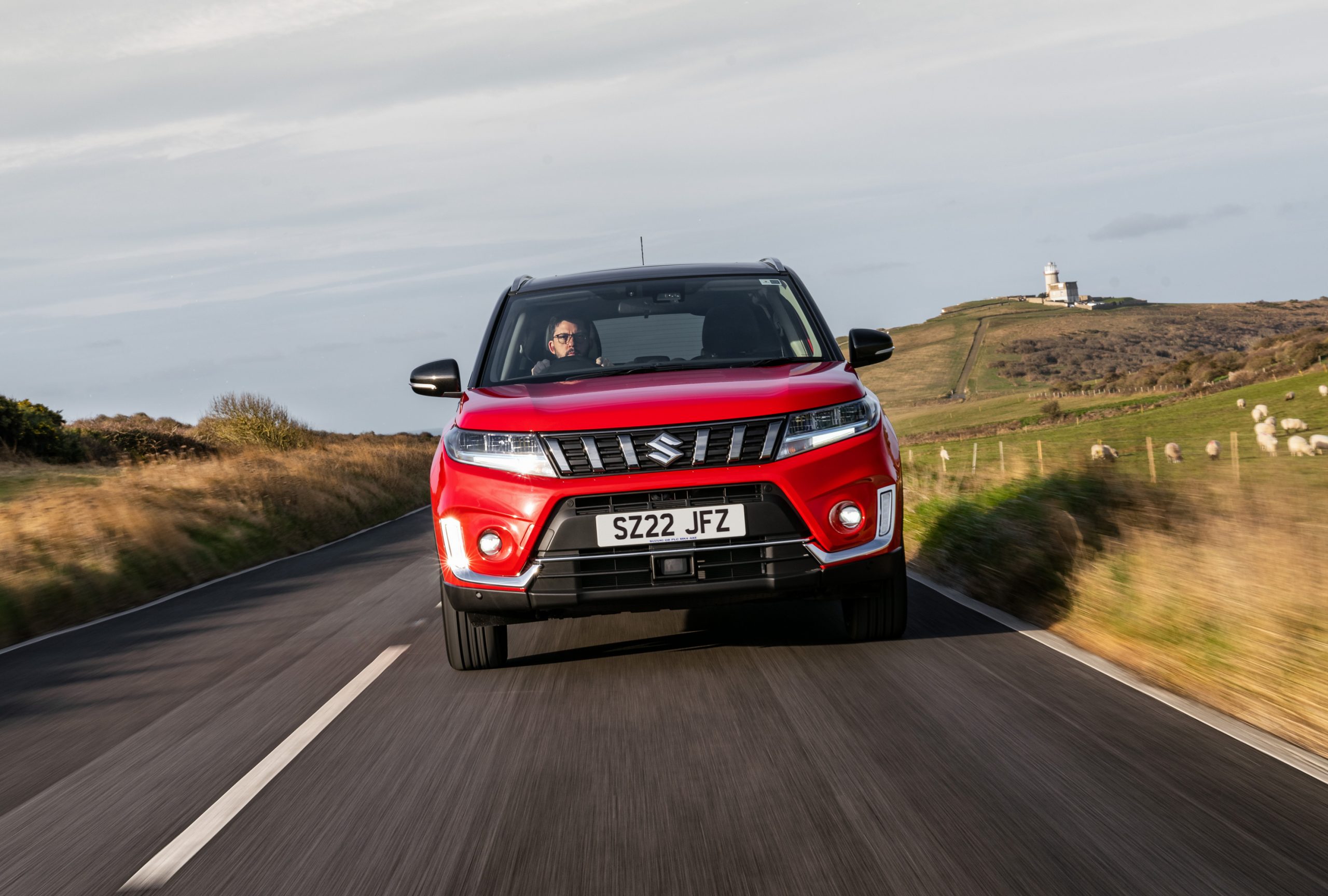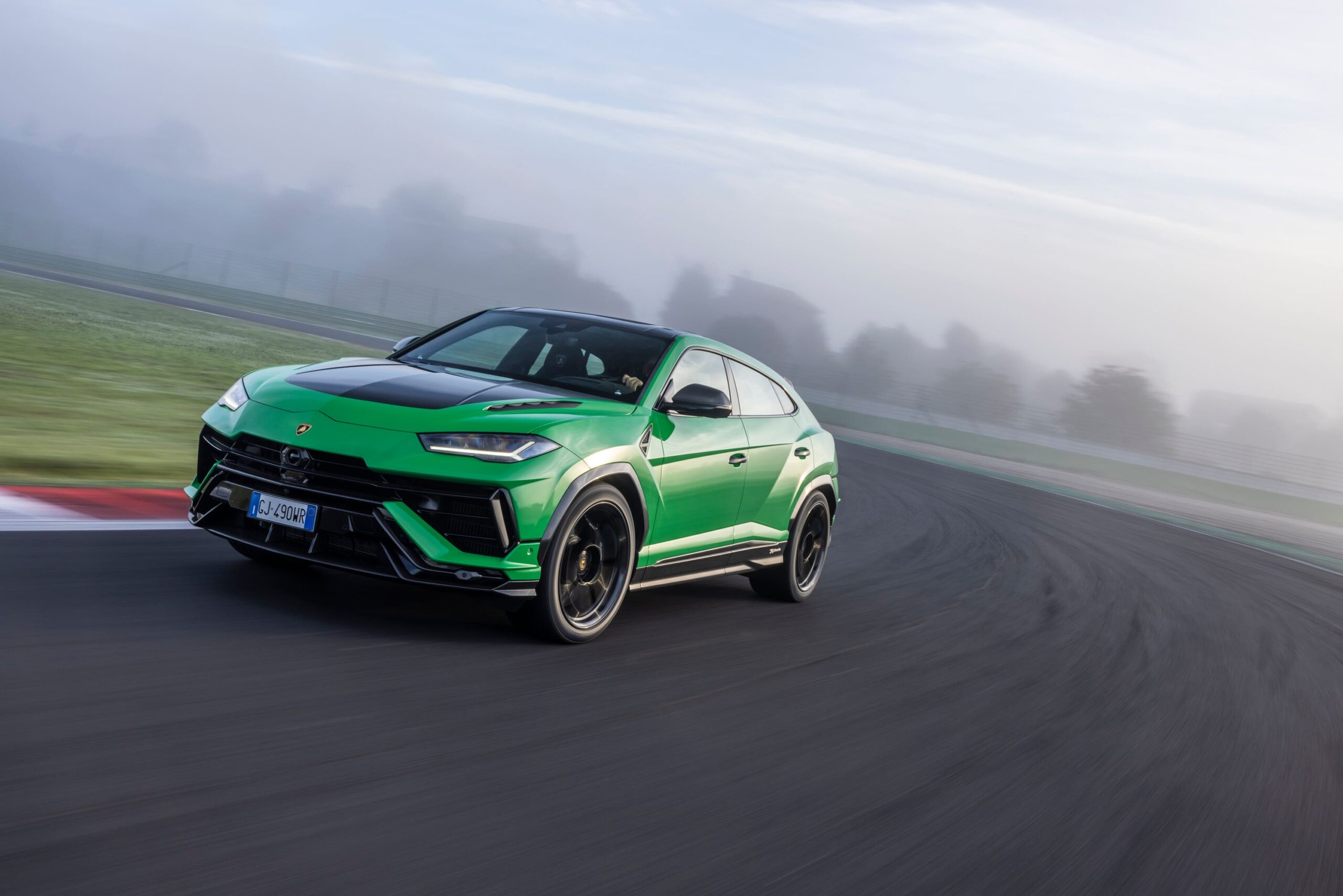The D-Max has always been there for drivers after a no-nonsense truck, but can this Isuzu bring a more rounded experience than before? Jack Evans find
The pick-up truck world has evolved in recent times. No longer are trucks just relied upon to be steady workhorses. Instead, they’re now seen as genuine alternatives to SUVs, particularly thanks to the extensive tax breaks that come to business users. Because of this, pick-ups need to deliver a more rounded experience than before, while still being able to go here, there and everywhere.
The D-Max has always been the go-to truck for drivers after a truly utilitarian option, but recent arrivals to the market like the Volkswagen Amarok – and even the no-nonsense Ineos Grenadier – mean that this Isuzu’s job is tougher than ever. We’ve been trying it out.

Isuzu has taken a largely ‘if it ain’t broke, don’t fix it’ approach with the D-Max, which is why exterior-wise it looks largely the same. A redesigned front grille is one of the headline design changes, while four distinct trim levels – Utility, DL20, DL40 and V-Cross – all bring slightly different approaches to aesthetics. Our car is that final specification, adding in a host of standard equipment while retaining the same robust mechanical setup that underpins all D-Max models.
Those include the ability to tow up to 3.5 tonnes and carry a maximum payload of over a tonne so, despite there being plenty of comfort-boosting features on board such as heated seats and a leather interior, the D-Max can still do the work when it needs to.

Look under the bonnet of the D-Max and you’ll find no electrification nor battery-assisted wizardry. No, here you’ll witness a pretty traditional 1.9-litre turbocharged diesel engine with 162bhp and 360Nm of torque. There are no other options when it comes to engines, either, so it’s either like this one or lump it.
There is, however, the option of either a six-speed manual or six-speed automatic gearbox (ours has the latter) with our test truck’s 0-60mph time of 12.8 seconds being around what you’d expect from this size of pick-up. Fuel consumption of 30.7mpg combined is still more than you’ll get from the V6-powered Amarok, though that does have a lot more power at 236bhp and 600Nm of torque.

As with all pick-up trucks, there are a few trade-offs with the D-Max. The low-speed ride is a little fidgety when there’s nothing in the rear bed, but get it loaded up and things do settle down. However, at greater speeds then the ride evens out and the D-Max will chug along quite merrily at motorway speeds with little effort.
The engine itself is coarse and quite vocal under harsh acceleration, but it does bring enough power to get the D-Max up to speed in good enough time. The gearbox, however, really struggles, particularly when you’re on a steady incline – it can’t seem to decide which cog to use and quickly swaps between the two, which makes the whole truck feel quite lurchy. However, around town the ‘box does work more intuitively, while the light steering makes it far easier to pilot than you’d expect for such a large vehicle.

The D-Max has always done a good job of counterbalancing utilitarian touches with more premium features and this latest version is no different. This V-Cross model, for example, with its dark grey radiator grille, matching door mirror caps and 18-inch alloy wheels certainly looks more upmarket than previous D-Max models and a good range of exterior colours means you can give the whole truck a more out-there design if you’d like.
As with the previous D-Max, you can still opt for the Arctic Trucks treatment if you want a truck with even more presence alongside increased off-road prowess. Wider arches to facilitate chunkier tyres are a key difference with the Arctic Trucks mode, alongside extended side steps and upgraded suspension.
You don’t want a pick-up job to be too plush inside – after all, they’re there to do a job, so having an abundance of high-end but easy-to-damage materials would prove pointless if you’re planning to use a truck as a proper tool. However, that’s not to say that this D-Max is completely devoid of nicer touches, quite the opposite in fact. The leather seats on our test truck were nicely padded and comfortable and while some materials lower down the cabin are a little harsh, there are some nice finishers further up.

Room in the back is tight, and in this double-cab version while without a protective cover over the load bay, you’re not left with really any usable luggage space. We’d be opting straight for a load bed cover if you want to keep valuables safe. Fortunately, the D-Max is accompanied by a comprehensive accessories list.
The D-Max remains a proper utilitarian pick-up truck. Sure, this top-end version might have leather seats and a big infotainment screen, but it’s still a workhorse at heart and you’ve got to treat it as such. On the motorway, it isn’t in its natural habitat but when off-road and relied upon, it’s a model which won’t let you down.
The D-Max has slotted into a gap left by the departure of many rivals which have turned more luxurious and less functional than they were to begin with. For many drivers, the D-Max’s tried-and-tested feel will be reason enough to pick it.





